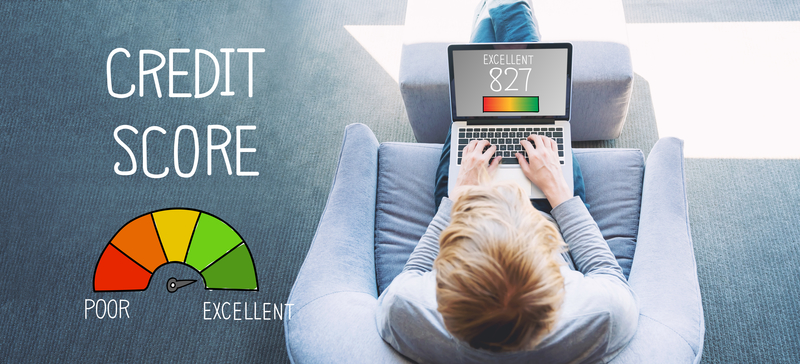
We’re off to the start of a brand new year! Make 2019 the year you finally get all your finances in order. Setting some time aside to plan how to increase your credit score will help greatly, especially if you are planning a major purchase of a car or a home this year. If you’re hoping to get a substantial bank loan, your credit score will determine whether you qualify. A missed or late payment can have a sudden and major impact on your score. Improving your score can take time, but there are specific steps you can take to raise your score as quickly as possible. Follow some of the below tips to help you get started.
- Review your credit reports. You are entitled to an annual free copy of your credit report from each of the three major credit reporting agencies. You can request the report in writing or online from Equifax, Experian and TransUnion. History shows that about 25% of reports contain errors. Look for accounts that you don’t recognize, incorrect balances and any mentions of missed or late payments. Then, contact a creditor if you suspect an error. A short phone call could result in a higher credit score. You can also add a 100-word statement to your report to clarify negative items. It may be wise to stagger your reviews and request one report every four months.
- Get your credit card payments current. More than one third of the credit score is based on history of payments. One missed payment can have a dramatic negative impact on your score. If you must make a late payment, keep it within 30 days. Some creditors will not report late payments if they fall within the 30 day window. Once you become current in payment, take steps to stay up-to-date. Create payment reminders in your computer, phone calendars or via bank e-mails. Enroll in automatic bill pay with credit and loan providers when available. Be aware of upcoming holidays on which banks are closed, and plan to make payments a day or two early. The longer you pay bills on the time, the higher your credit score will rise.
- Keep credit card utilization to 30% or less. A major contributor to your credit score is based on available credit vs. used credit. If your credit use is less than 30% of available credit, your score will be higher. For example, if your credit line on a major charge card is $10,000 try to keep the balance under $3,000. Review all your cards, and make it a priority to pay down the ones which will get you to the 30% target.
- Request a higher credit limit or obtain additional credit cards. This may seem counterintuitive, and some credit counselors argue against this action. However, this can prove beneficial as long as the new credit remains unused. In addition to paying down current balances, increasing your total available credit should make it easier to reach that 30% usage goal. If the available credit lines from all your cards totals $30,000 and you owe $11,000 on those cards, you are above the 30% guideline. Increasing your total credit line to $36,000 puts you under the guideline and should improve your overall score. The risk in this method comes from the temptation to immediately use the added credit. Avoid the temptation or you may end up lowering your credit score even further.
- Stop using your credit cards. That may be easier said than done, but stopping or reducing use even for a few months may make a big difference. During this period make larger payments on cards with the highest interest rates and maintain minimum monthly payments on others. Alternatively, if you have half a dozen or more accounts, pay off the smaller ones and then keep just a couple cards which can be used for everything. Credit scores are generally better when there are fewer open accounts, plus you’ll have fewer payment dates to remember.
- Do not remove old credit accounts from your report. The age of your credit contributes about 10% of your credit score. Once you have paid off older charge cards or a house or car loan, don’t rush to remove the account from your credit report. A history of well managed debt leads to higher scores. The longer you demonstrate good debt payment, the better your score will become. Additionally, an unused credit account may improve your overall credit utilization rate and keep you under that 30% threshold.
- Open a new low-limit account to re-establish a credit history. If you are essentially starting from square one after a major credit mishap, one way to establish a new, positive credit history is by use of a new, low balance credit card. Typically, the easiest credit cards to obtain are from gas companies and department stores. The drawback is that you will be limited to using these cards at those specific locations. Alternatively, obtain a general charge card. There are a variety of options, many of which come with an annual fee. Your initial credit limit will likely be low, but using the card and keeping payments current will put you back on the path to establishing a good credit history and obtaining higher limits.

